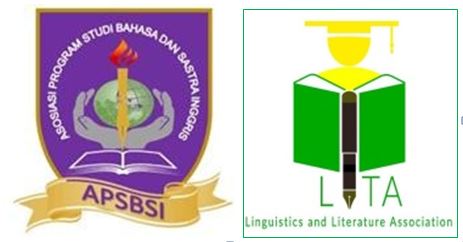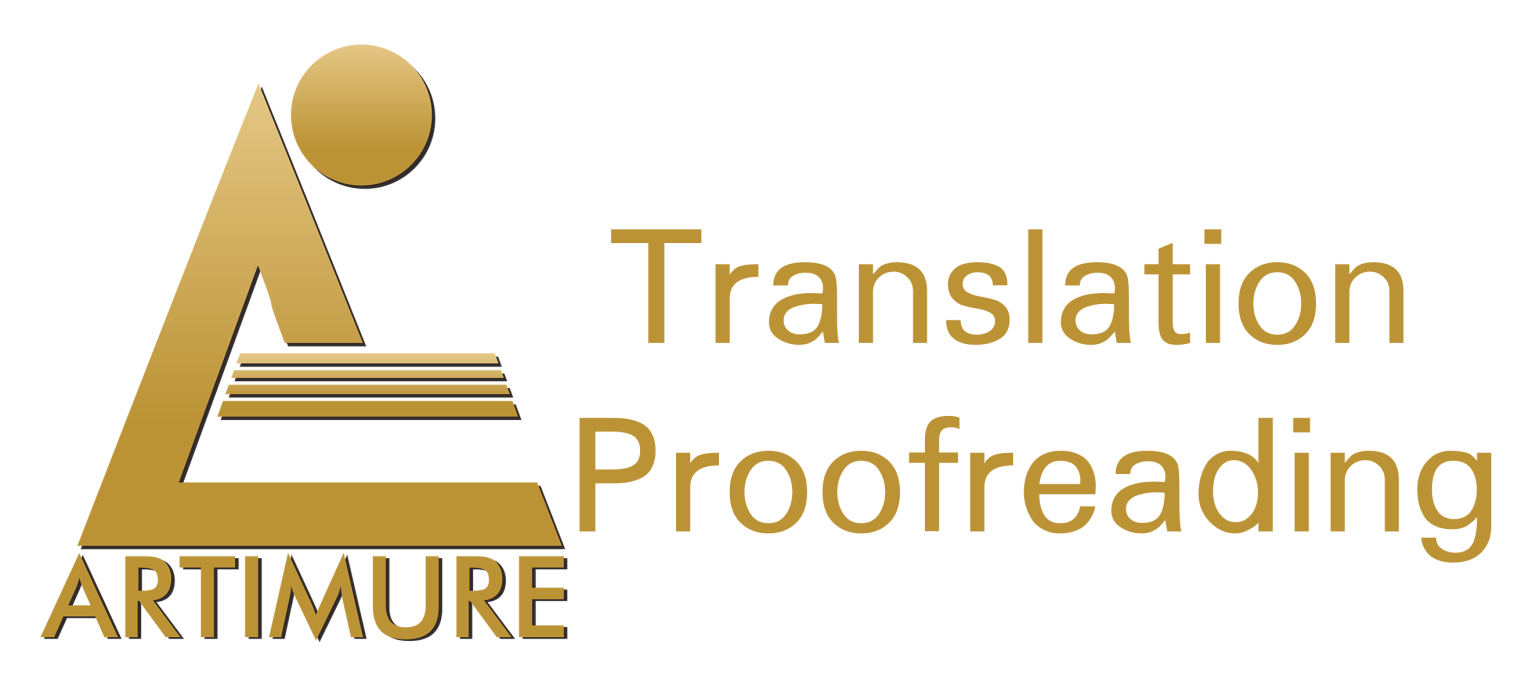Learning from “Totto-chan: the Little Girl at the Window”: An Educational Perspective from Japanese Author
DOI:
https://doi.org/10.31849/utamax.v1i1.2816Keywords:
Educational values, Totto-chan, Little girl at the window, Japanese authorAbstract
The novel “Totto-chan: The Little Girl at the Window” is a novel which some parts of its story reflects concept of education that is unique and different. The concept education in this novel related with educational value according to Moleong perspective. Therefore, this research is mainly purposed to search about what are the educational values found in Tottochan: The Little Girl at the Window”? and how educational values appear in “Tottochan: The Little Girl at the Window” based on Moleong perspective. This research is qualitative one by using content analysis method. Two data sources were chosen the primary data source is the novel itself and the secondary data are books, literature, official websites and other relevant materials. In general, the result found educational values contained in the novel based on Moleong perspective. By this research, it is expected that teachers can implement the positive things that exist in this study and in the novels at school and also encourage students’ interest in literature.
References
Adeney-Risakotta, B. (2001). Pendidikan Kritis yang Membebaskan. dalam Majalah Basis, Yogyakarta, Nomor, 01-02.
Collie, J., & Slater, S. (1987). Literature in the language classroom: A resource book of ideas and activities. Ernst Klett Sprachen.
Dale, J., & Hyslop-Margison, E. J. (2010). Paulo Freire: Teaching for freedom and transformation: The philosophical influences on the work of Paulo Freire (Vol. 12). Springer Science & Business Media.
Freire, P. (1973). Education for critical consciousness (Vol. 1). Bloomsbury Publishing
Freire, P. (1970). The adult literacy process as cultural action for freedom. Harvard educational review, 40(2), 205-225.
Halstead, M., & Taylor, M. J. (2005). Values in education and education in values. Routledge.
Haydon, G. (2007). Values for educational leadership. Sage.
Henry H., W. An Introduction to the Study of Literature. 2 nd Ed. London : Harrap
Kuraedah, S., Gunawan, F., Wekke, I. S., & Hamuddin, B. (2018, July). Learning Environment Construction in Islamic Higher Education: Connecting the Puzzles of Ideas. In IOP Conference Series: Earth and Environmental Science (Vol. 175, No. 1, p. 012107). IOP Publishing.
Natia, I.K. (2010). Apresiasi Sastra Indonesia. Surabaya: Bintang Surabaya,
Schipani, D. (1996). Liberation Theology and Religious Education” dalam Theologies of Religious Education (ed. Randolph Crumph Miller) Birmingham: Religious Education,
Smith, A., William. Conscientizacou Tujuan Pendidikan Paulo Freire. Terj. Agung Prihantoro. Yogyakarta: Pustaka Pelajar, 2001.
Susetyo, B. (2005). Politik pendidikan penguasa. LKIS Pelangi Aksara.
Undang-Undang Nomor 20 tahun 2003 tentang Sistem Pendidikan Nasional. Jakarta: Arta Duta Mas
Wekke, I. S., Ashrori, M., & Hamuddin, B. (2018). Institutional Transformation of Madrasa of Muslim Minority in Thailand. Jurnal Pendidikan Islam UIN Sunan Gunung Djati, 4(1), 15-26.
Wekke, I. S., Yandra, A., & Hamuddin, B. (2017, December). Learning Strategy in Class Management: A Reflection from Manado Case. In IOP Conference Series: Earth and Environmental Science (Vol. 97, No. 1, p. 012053). IOP Publishing.
Zaim El Mubarak. Membumikan Pendidikan Nilai. Bandung: Alfabeta, 2008.










